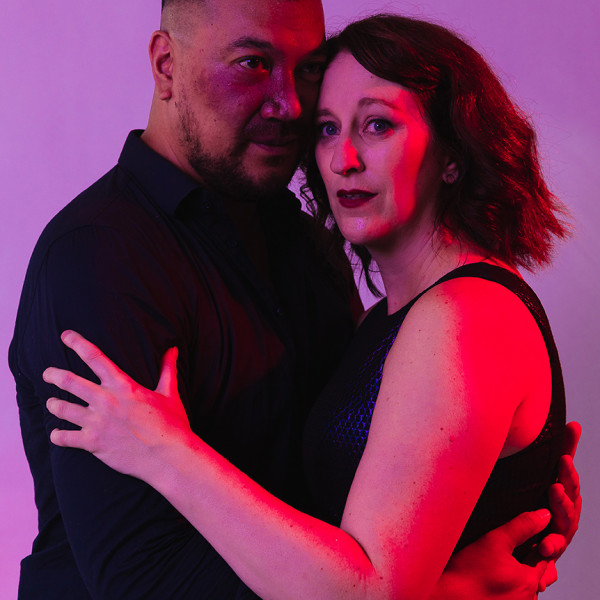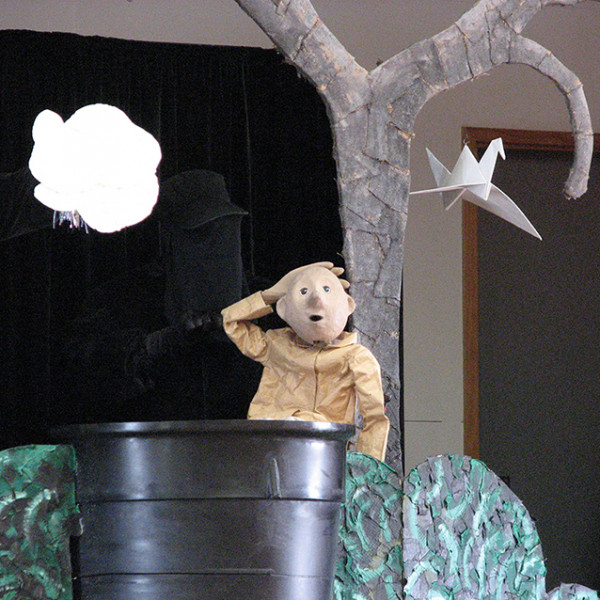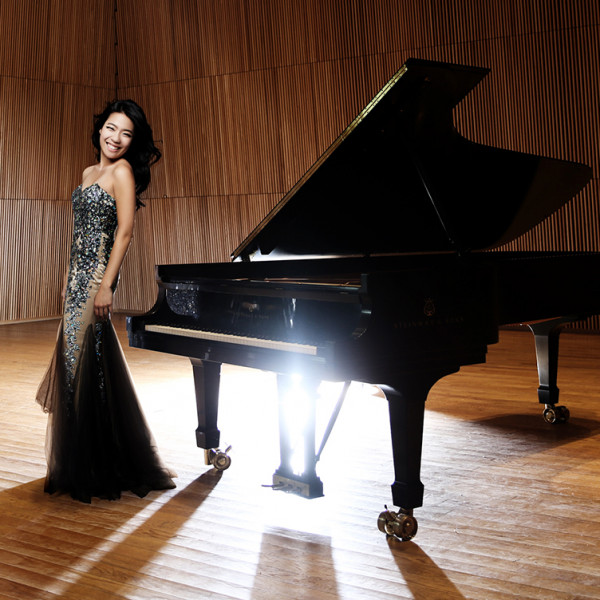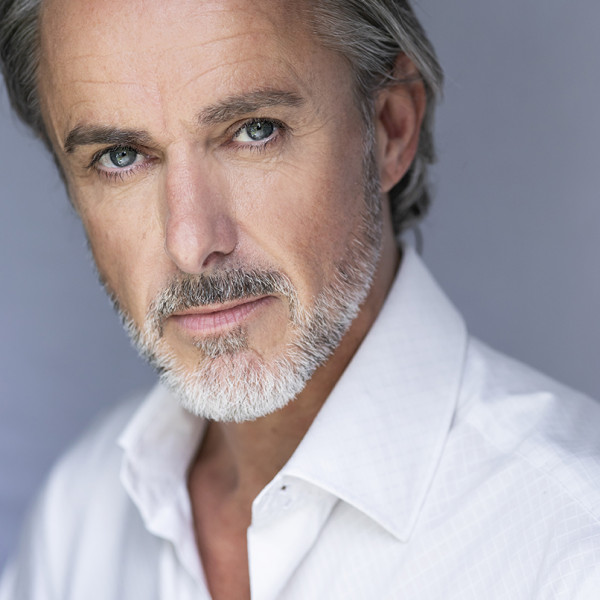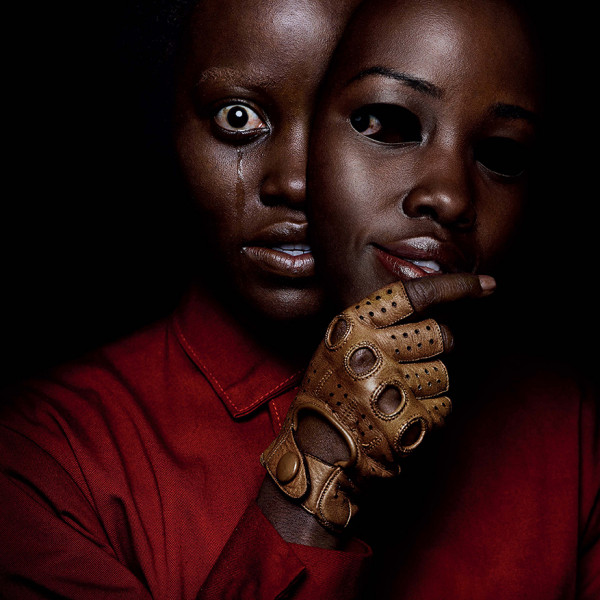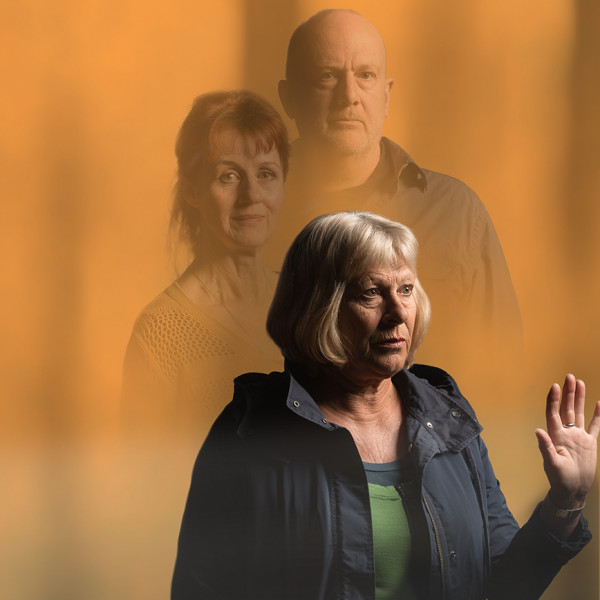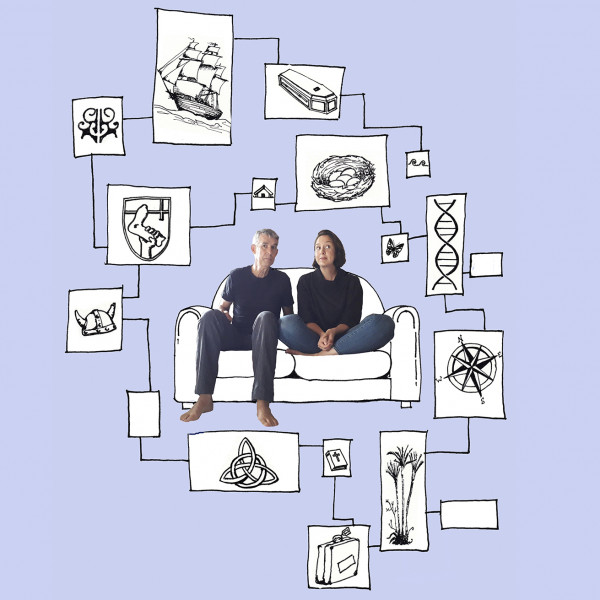
Conversations with Dead Relatives
Written by: Alex Ellis and Phil Ormsby
Directed by: Jennifer Ward-Lealand
Circa Theatre, 1st May 2019
Reviewed by: Madelaine Empson
Conversations with Dead Relatives is a heartfelt and genuine work that explores where its writers and performers, Alex Ellis and Phil Ormsby, come from. In conversation, the real-life couple discuss their lineage and enact each other’s ancestors.
The show begins with Ellis handing out homemade baking while Ormsby chats amiably away to the audience over a cuppa. We’re clearly in the couple’s living room. In this homely moment, I long to see pictures and embellishments on the stark, black walls. John Parker’s design concept doesn’t feel fully formed here, but as more and more picture frames emerge from old trunks and colour floods segments of the set, I’m slowly drawn in.
Many themes blossom out of the stories we’re told, giving depth and dimension to the cleverly curated work. An underlying theme is the question of whether or not Ellis wants to bring a child into the world. This feels unresolved to me because Ormsby never shares his own feelings on the matter. Learning his desires as well would have brought me closer to the couple as people – thus bringing me closer to the ancestors they portray.
Some characters are incredibly compelling, like Ellis’ larger-than-life Orm the Viking (what an accent!), and Ormsby’s prim, proper, and prudent Ellen Elizabeth Ellis. I’m compelled because of the excellent performances and the big personalities of these characters, not because of how they relate to the writers. It’s lovely learning about the couple’s heritage, but without a familial connection to them, the work doesn’t resonate with me on every level. I’d engage more deeply if things were turned back on the audience more often; if I was asked to think about my own family history.
Nevertheless, Conversations with Dead Relatives aptly reflects the talent and effort of those who created it. The script itself is beautifully written and the actors bring to life its stories with courage and conviction. It’s a great watch.





